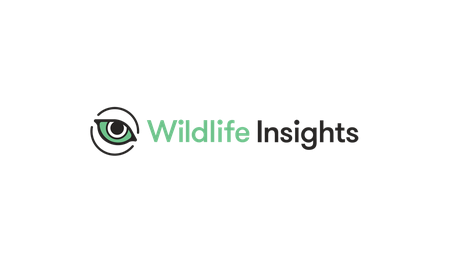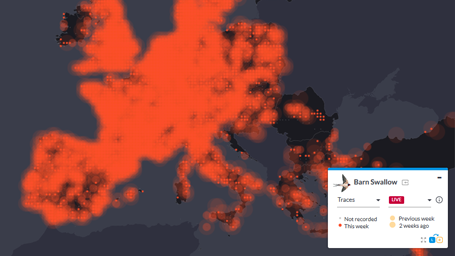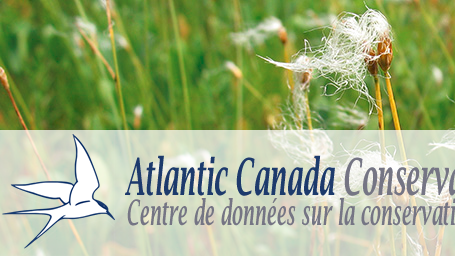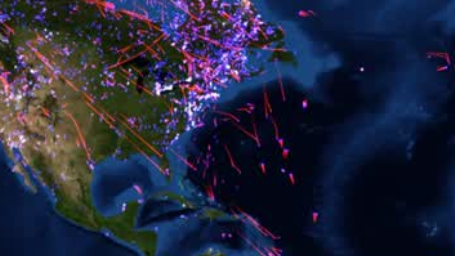https://www.wildlifeinsights.org/
WHAT
Wildlife is important to all of us. Aside from its intrinsic value, wildlife provides critical benefits to support nature and people. Unfortunately, wildlife is slowly but surely disappearing from our planet and we lack reliable and up-to-date information to understand and prevent this loss.
Camera traps are being used all around the world to better understand how wildlife populations are changing. Camera traps have already taken millions of photos and are collecting more information every day. Yet most of these photos and data are not effectively shared or analyzed, leaving valuable insights just out of our grasp.
We need an innovative solution to overcome these roadblocks and catalyze data-driven wildlife conservation. By harnessing the power of technology and science, we can unite millions of photos from camera trap projects around the world and reveal how wildlife is faring, in near real-time. With better information, we can make better decisions to help wildlife thrive.
WHAT
Wildlife Insights is combining field and sensor expertise, cutting edge technology and advanced analytics to enable people everywhere to share wildlife data and better manage wildlife populations. Anyone can upload their images to the Wildlife Insights platform so that species can be automatically identified using artificial intelligence. This will save thousands of hours, freeing up more time to analyze and apply insights to conservation.
By aggregating images from around the world, Wildlife Insights is providing access to the timely data we need to effectively monitor wildlife. We are creating a community where anyone can explore data from projects around the world and leverage data at scale to influence policy.
Wildlife Insights provides the tools and technology to connect wildlife “big data” to decision makers. This full circle solution can help advance data-driven conservation action to reach our ultimate goal: recovering global wildlife populations. Learn more about Wildlife Insights AI.






